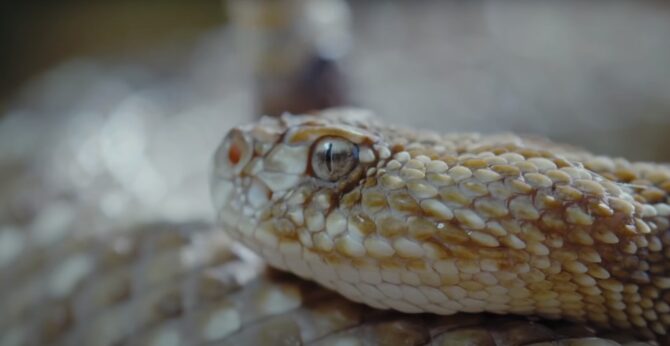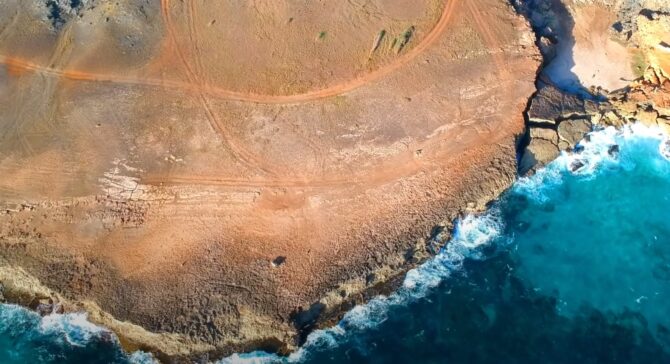Aruba is a beautiful island that I have visited many times. Aruba has rich wildlife and unique underwater world and plenty of animals, and some of them can be dangerous. However, if you inform yourself on time and follow some safety protocols, you will have no problems during your exploration of this beautiful place.
In this article, I will share the knowledge I have acquired during my travels to this magical place, important information, and how to enjoy Aruba’s natural beauty with peace of mind.
Aruba’s diverse ecosystem
Aruba is nestled in the heart of the Caribbean, which has a diverse ecosystem, characterized by its unique blend of desert landscapes, mangroves, and pristine beaches. It is a home for many endemic species, from the majestic divi-divi trees to the colorful parakeets flitting through the air, Aruba’s flora and fauna offer a a true ecological richness.
However, you should be careful when exploring the island because not all animals are harmless. Here, some species, like snakes and venomous creatures of marine life, coexist with humans. By informing yourself before your visit, which animals are dangerous, you can have a safe experience and enjoy your vacation in Aruba’s beautiful wildlife and breathtaking landscapes.
Interesting Fact: Known locally as “Shoco,” the Aruban Burrowing Owl is an endemic species and is considered a national symbol. Efforts are ongoing to protect this species, which has adapted to live near humans.
8 Common Dangerous Animals You May Encounter In Aruba
I have encountered dangerous animals from this list a couple of times, but I had no dangerous consequences because a local friend warned me what to do in case it happened to me. That’s why I’m sharing that knowledge with you. I’ll tell you some of the most dangerous animals that exist on the island and what to do when you see them:
Cascabel Rattlesnake – Native citizens

The Cascabel rattlesnake is a native venomous species to Aruba which plays an important role in the island’s ecosystem. It is recognizable by its rattle at the end of its tail, so you can hear it and be aware of its presence.
Despite its venomous bite, which can be dangerous to humans if not treated promptly, encounters with humans are relatively rare due to the snake’s preference for less populated areas. Visitors and residents are advised to be aware when hiking in natural areas and to seek immediate medical attention if bitten. If see it, remain calm and slowly back away from the snake to avoid the attack.
Portuguese Man O’War Jellyfish
The Portuguese Man O’War is often mistaken for a jellyfish. It is a siphonophore—a colony of organisms living together. Its tentacles can extend up to 50 feet below the surface, and cause a painful sting that can lead to serious reactions in some individuals.
These creatures are more common in open waters but can sometimes come near the shorelines, usually pushed by winds. Tourists who go to the beaches are advised to avoid touching any creatures looking like jellyfish and to seek medical help immediately if they get stung. There are many beach warning signs to remind you to take extra safety measures and back away when you encounter any jellyfish.
Camouflaged Stonefish – Hard to Spot
The stonefish is one of the most venomous fish in the world. It has needle-fin spines which hold a lethal venom. It is camouflaged, looking like a rock or coral, so it is not easy to spot it. The stonefish lies in shallow waters, which is another issue for swimmers, who can easily get hurt. Knowing what it looks like will help you spot it and distinguish it from coral, but still take extra care when moving around coral areas.
The venom can cause extreme pain and swelling. If it is not treated immediately it can lead to paralysis or death. Make sure to wear protective footwear when walking in shallow water and to ask for immediate medical help in case you feel a suspected sting.
Lionfish – Don’t Let Its Beauty Fool You
Lionfish was discovered in the Atlantic waters in the late 20th century. They are invasive species that are a significant threat to local marine ecosystems. With their attacking appearance and venomous spines, they can cause painful wounds on divers and snorkelers.
The venom is not usually fatal to humans, but it can cause nausea, breathing difficulties, and extreme pain. There are many efforts to control their population including lionfish hunting and cooking competitions, so the whole community is involved in preserving marine biodiversity. While admiring their beauty, divers should keep a safe distance to avoid accidental stings.
Certain Scorpions and Centipedes
Certain species of scorpions and centipedes are known for their painful stings and bites. They are not life-threatening, but reactions can vary – with some people experiencing severe pain, swelling, and allergic reactions.
These creatures often hide in dark, cool places, so take extra care when moving rocks or debris. Encounters can be minimized by keeping living spaces clean and doors closed whenever you can. In the event of a sting or bite, seek immediate medical advice to minimize symptoms and prevent any further complications.
Venomous Spiders – Better to Avoid Them All
Aruba is home to several species of spiders, some are venomous and can be a risk to humans. Bites from these spiders can result in symptoms ranging from mild irritation to more severe reactions, depending on the species. Be aware of the surroundings, especially when exploring less disturbed areas or handling vegetation where spiders may reside. Same as for scorpions, keep your room clean and always keep your door closed.
While serious incidents are rare, knowing how to respond to a spider bite—such as keeping the affected area elevated and seeking medical attention—can aid in prompt and effective treatment.
Serious incidents caused by venomous spiders are rare, but still, you should inform yourself how to tell the difference between highly venomous spiders and less toxic ones, and to seek medical help as soon as you feel a bite.
Occasionally Aggressive Stray Dogs and Cats
Stray dogs and cats can be found everywhere around Aruba, and while many are harmless, some can be aggressive towards humans. These situations often develop from fear, protection of territory, or competition for food.
Avoid feeding stray animals to reduce the risk of bites or scratches, which can lead to infections or more serious diseases. Instead, support the local animal welfare organizations if you want to contribute to their health and safety. Although I love animals and feed them instinctively, whenever I saw a stray I contacted the local stray center and reported it. In this way, I saved them and myself from problems that could happen. If you encounter a stray you can report it to Arf Aruba.







